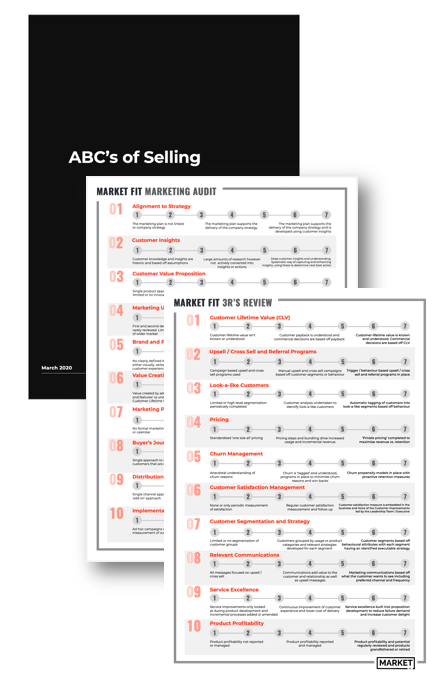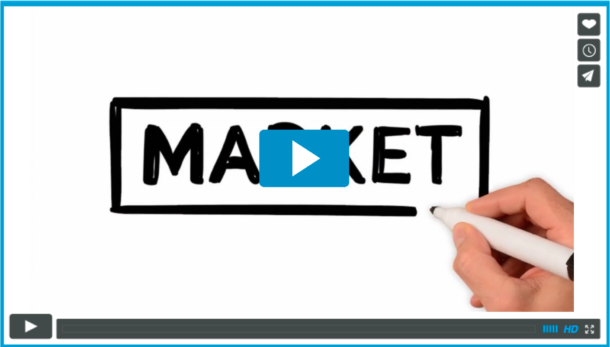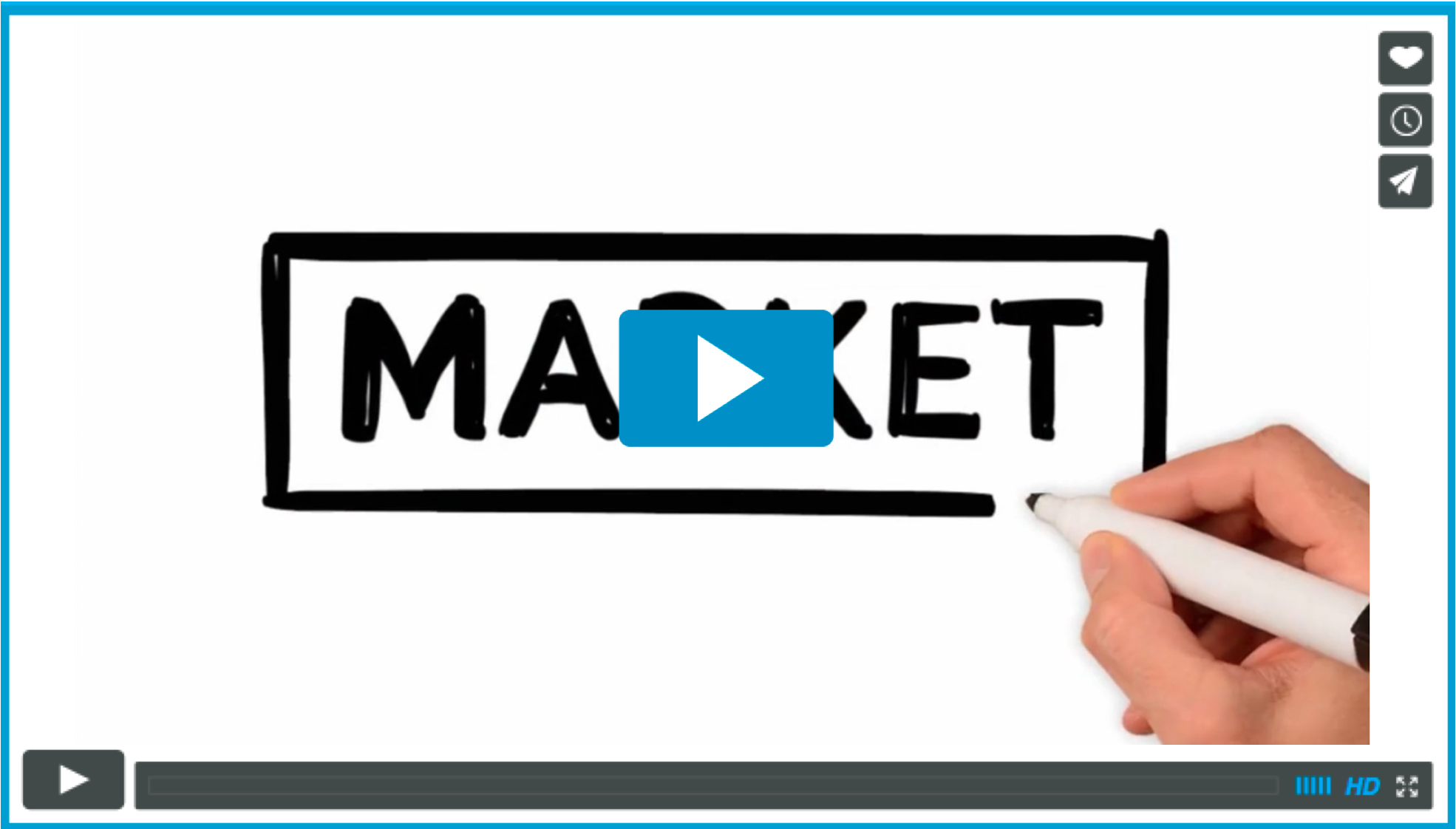How to Get Started In the Exponential Economy
Welcome back. After a couple of weeks drilling into the exponential economy and traits consistent in digital disruptors, this week I want to change things up a little. I thought we’d do a short Q&A session to get you in the mood for your upcoming transformation and get you ready for the exponential economy.
There’s a series of questions I use to help organisations start the process. On first pass they seem basic, but there’s gold within if you’re willing to dig deep, and I highly recommend you use them if you face the sort of challenge we’ve been discussing. They go a little like this…
Q: What parts of your business and business model risk exponential disruption? Where do you think that will come from, how large will the impact be? And most importantly… how long do you have to respond?
A: Answer this by thinking like a digital attacker. Consider your value chain – where would you attack if you had no incumbent restraints? Go top shelf, ask the question this way… what would Uber do if they got hold of your core assets? It’s a great provocation, leading to questions like:
- How would they approach customer experience and service?
- How would they approach the customer proposition?
- What about pricing?
- What about their approach to sales and marketing?
- What about their approach to technology assets?
- What would their organisational structure look like?
- And what sort of talent and capability would they look to build?
Working through this invariably reveals a very different business model to the one you currently have. It’s usually simpler, more customer centric, digital and mobile first – leveraging cloud services, and very likely more agile with much lower costs. The beauty of this exercise? Defining your future business model also defines what a potential digital attacker may look like. From there it’s a simple step to evaluate impact and form a view of when it may occur. All of this will define what you need to address, in what order, and with what urgency.
Q: OK. You know there’s risk. You know where to start your disruption. And – vitally – you’re committed. Here’s the problem… how do you know where to place your efforts, where to continue to invest time and effort to transform, and what to just wind down?
A: People tend to overthink this. You are invariably the best judge of your own business – back yourself. Think about your value chain and business model, factor in overseas trends and impacts in your sector, and then determine where you think the disruption is coming from. Figure out where and when it will hit. It’s likely to hit later than you think but when it does it will probably hit harder. The shocks will be non-linear. Remember that thanks to the internet the threat is probably already known… in my experience the answer and countermeasures will already be out there. I think you need to evaluate everything across your business – your customer model and proposition, your underlying products and services, the way you market and sell (and serve customers), what technology you use and how you use it to deliver, how you use business information and data, and ultimately the way you organise and the talent you have. It sounds trite but you likely need to consider changes across all parts of your business model.
Q, Right. You know where the threats and opportunities are. The next question is – where in your business could digital thinking and action improve customer experience, business processes, your business cost structure, employee engagement… in short, where and how can you rewire your business?
A: The answer is… everywhere. Here’s a short list : ubiquitous [mobile] connectivity, powerful apps, rich and agile cloud delivered SaaS services, the growing strength of data and BI platforms, ever improving customer design and engagement methods and capabilities… these all mean capability to re-imagine your business model is there and accessible today. The awareness, willingness and mindset (commitment) to confront the level of change required and then deliver the capability… that’s the hard part. In a world where leveraging cloud based services can drive start ups for less than $200/mth accessing business support systems has never been easier (or cheaper). And if this doesn’t reinforce how easily digital attackers could hurt you – then I’m not sure what will.
Q, Now you’re getting warmed up… next question : what operational barriers stand between your current state and your future transformed state?
A: Operational barriers… more perceived than real in my view. That said, refusing to accept that existing assets may be liabilities can quickly change things. Reengineering legacy systems can be a lot more expensive (and difficult) than committing to new, easily accessible capability. Let’s go back to Q.1… Uber didn’t see taxi management and dispatch systems and the company car fleets taxi operators had as assets. They saw costly, embedded liability – something to be both avoided and more importantly attacked. They were busy removing friction for customers, unleashing capacity in private drivers and vehicles and using fairly lightweight and easily deliverable technology to do that. No more angst wondering if and when your car will arrive – you can see it on a map on your mobile. No more worries of being ripped off for passengers – the route is mapped for you. No more hassles paying the bill when you arrive at your destination – it’s charged to your credit card. All pretty simple. Existing assets became liabilities… consigning the taxi industry to the past. Locked to analogue business models and assets, they have tried to re-engineer their models by wrapping digital layers (apps) to analogue asset heavy layers – achieving nothing but incremental cost and complexity.
Q, What are my capability limitations (across both resource and culture)?
A: Generally, your greatest challenge will be your capability and culture. A short list includes new flexible platforms, use of design led thinking focusing on the customer experience, software developers to build your new business, data scientists to ensure your analysis delivers you the sharpest axe… without these it’s hard to re-engineer (let alone re-imagine) a business and culture to execute change at pace. To quote someone who knows – the biggest risk is to not accept risk.
So in summary… it’s actually pretty easy in theory.
Step one – start at the beginning… recognise the need to change and confront your brutal reality. Awareness and then acceptance is the start of the process.
Step two – understand where and what needs to change in your business model and by when. Take control of the challenge and make it an opportunity.
And finally step three – work out and then deliver the capabilities and culture you require to support your journey of self disruption. Technology is no longer the barrier. It’s now awareness, capability, culture, and the courage to act. Finding that courage will help you realise doing nothing and sticking to strategies and actions that served well in the past are now most likely the highest risk in this new environment.
Next week I’m passing over the reins to Justin, one of my co-directors at The Exponential. In fifteen years as an exec he’s seen the rise and fall of the internet’s first wave, and the subsequent effect of technology on business models, delivery, and the tools and techniques used by modern businesses to maximise value. He will talk more about this and the current “state of play” in in our next post. Until then…. you’ve got plenty here to go on with.
Rod Snodgrass.




